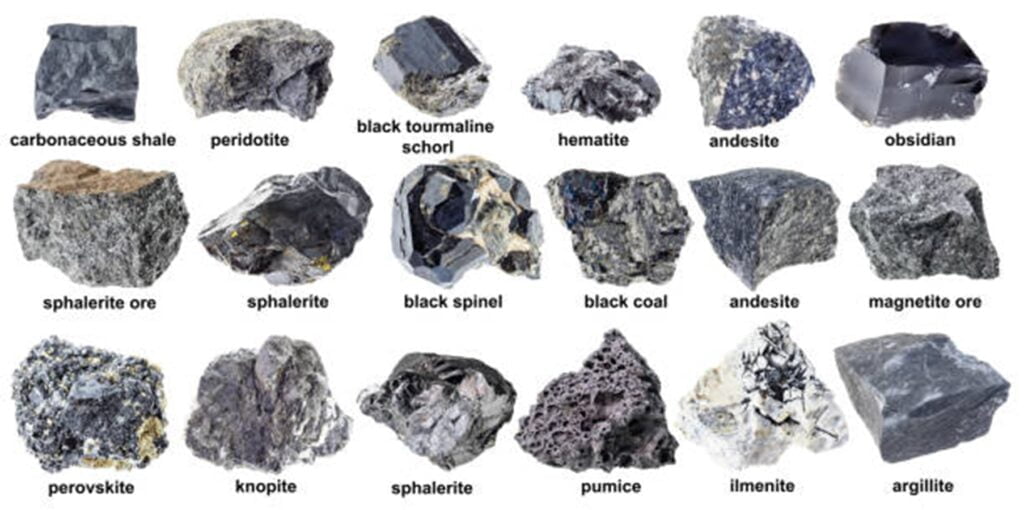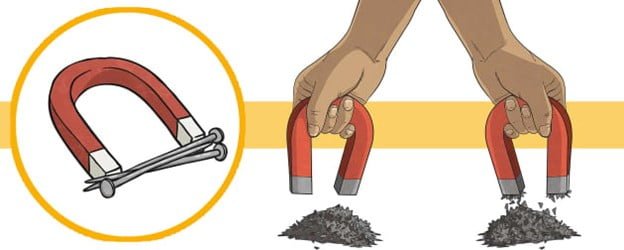What are magnets? A magnet is an object or material that produces a magnetic field. The most noteworthy characteristic of a magnet includes a force that pulls on other ferromagnetic elements, such as iron, steel, nickel, cobalt, etc.
The invisible magnetic field can attract or repel other magnetic as well. We will learn more about how magnetics work in the upcoming sections.
History of Magnets
Magnets have been used by humans for hundreds of years. According to Greek mythology, Magnus, a shepherd from Magnesia, Greece, discovered magnetism.

In the mountains, Magnus was leading his sheep by the neck. He suddenly realized that the nails on his sandals were attached to a rock, along with the ferrule of his stick. His stick and nails, which contained iron, were drawn to the magnetic stone.
It is believed that the stone was given the name magnetite after the shepherd or the country where it was discovered. Later, Vikings made their own compasses out of magnets so they could travel across water and conquer new areas.
Magnetite has also been named the loadstone because of its appealing characteristics. The picture below shows different types of loadstones, more commonly known as magnetic stones.

How Do Magnets Work?
Magnets have two magnetic poles. When referring to magnets, “pole” is another name for the side in scientific language. The North Pole and the South Pole of a magnet are two poles or sides of the magnet. Depending on which poles are closest when two magnets are forced together, they will either attract or repel one another.

Like poles are attracted to one another. In other words, two north poles will push apart. Additionally, two south poles will repel one another. With magnets, opposite poles attract one another. This phenomenon of like poles repelling and unlike poles attracting is known as the “Repulsive Property” of magnets. Magnets also have an “Attractive Property,” where magnets attract ferromagnetic materials such as nickel, cobalt, and iron. The last property of a magnet is “Directive Property,” which is when a magnet will always align in a north-south direction when it is freely suspended.
What are the Types of Magnets?
- Permanent magnets– magnets that remain magnetized even without the outside influence of a magnetic field (for example, steel).
- Temporary magnets– are magnets, as opposed to permanent magnets, that lose their magnetism when removed from an external magnetic field (for example, iron).
- Electromagnets are magnets that produce a magnetic field through an electric current. These are made up of wires and coils that allow an electric current to pass through them (for example, a power drill).
What Kinds of Magnets Are There?
- Neodymium iron boron (NdFeB)
A kind of permanent magnet made using boron, iron, and neodymium.
- Samarium Cobalt (SmCo)
A type of permanent magnet made from a kind of cobalt
- Alnico
A type of permanent magnet made using aluminum, nickel, and cobalt
- Ceramic or ferrite magnets
A ceramic-based permanent magnet.
- Superconductors
It is made without a metal core from specific metal alloys wire coils.
Uses of Magnets?
Magnets are frequently used in electric motors, vending machines, refrigerator magnets, and compass needles. Modern trains have magnetized rails that they levitate above!
What is a Maglev?

Trains that use magnetic propulsion instead of conventional steel rails and wheels are known as “maglev” trains, which is short for “magnetic levitation.” To levitate and move forward, these trains require two magnets, one of which repels the train from the track.
Every ship that navigates the oceans today employs a compass to assist the crew in determining direction. These compasses are all based on the application of magnets and magnetism.
The world would be considerably different if magnets didn’t exist.
Sources